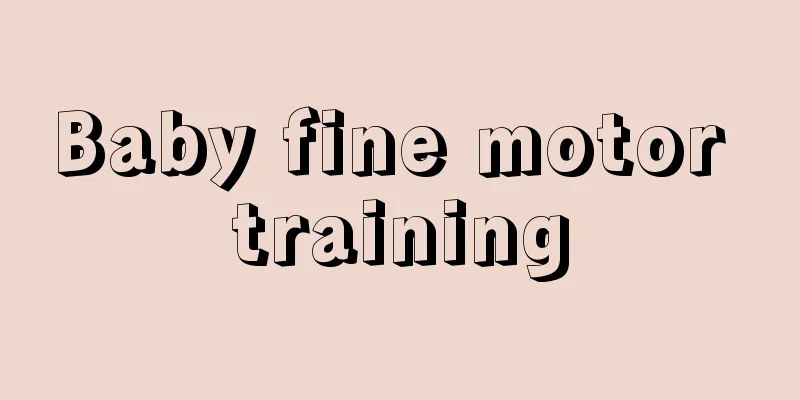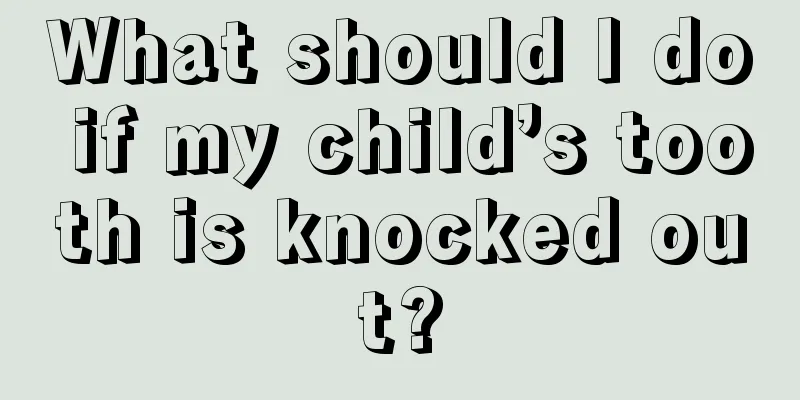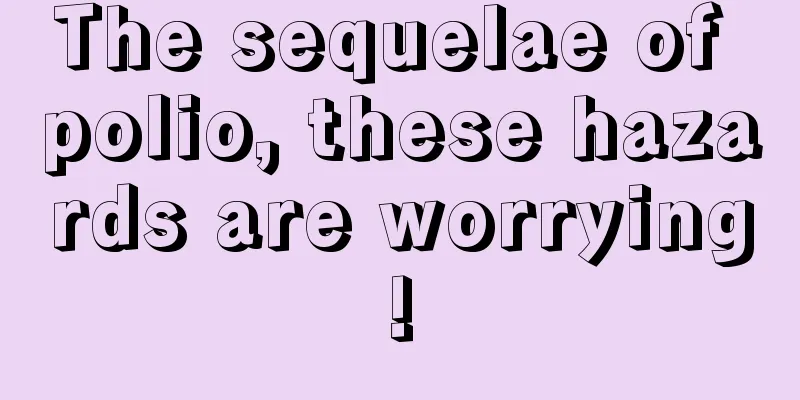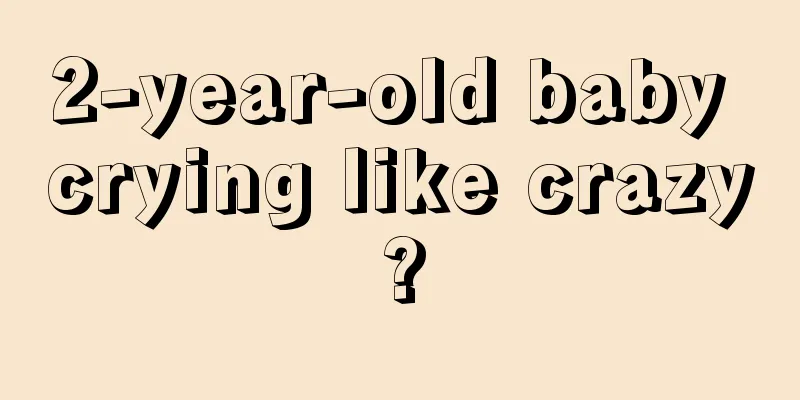Baby fine motor training

|
Nowadays, people are paying more and more attention to the intellectual development of babies. For babies, their fingers contain all their wisdom, and newborn babies can also receive appropriate training. The baby's intelligence will continue to be developed in such training. Different fine motor training can be performed at different ages of the baby to make the baby's fingers more flexible. Newborn baby Many of a newborn's movements are instinctive reflex behaviors. At this stage, his little hands are usually in a fist shape, but he will reflexively grab objects placed in his hands. For example, when you touch the palm of his hand with your fingertips, he will grab your fingers and even let you lift him up and leave where he is lying. The grasping reflex is strongest during this period. Prepare a cloth baby rattle for your baby to hold. It is best to use black and white or other contrasting colors to attract your baby's attention. By using rattles, you can train your baby's grasping ability, thereby enhancing the tactile sense of the fingers and expanding the range of hand activities. 1-3 months old baby As the baby grows older, his little palms are half-open most of the time, instead of being clenched into fists as before. His little hands also slowly develop from passive grasping to conscious and active grasping. For example, he can hold a rattle for 2 to 3 seconds without letting go. Around 3 months old, the most significant progress your baby makes is that he starts playing with his hands: he may stare at his hands, or grab one or two fingers of his right hand with his left hand, and sometimes put his hands in his mouth to suck his fists and fingers. Gently stroke the back of your baby's hand to stimulate the reflex movements of his hand. Prepare some toys that are easy for your baby to grasp, let him practice grasping, holding, shaking, pinching and other actions, continue to train his little hands' grasping ability, and guide your baby to observe and play with his own hands. 4-6 months old baby As the baby's binocular vision improves, vision-guided touch skills gradually develop, which enables the baby to have a better sense of direction when grasping than in the previous stage, and can actively open his hands to grasp objects under the guidance of his eyes. However, at this stage, most babies cannot use their fingers very flexibly, and often use "five fingers and a handful" to grab the objects they want. However, some mothers can cultivate countermeasures to exercise the flexibility of their little hands. Hang some toys that are easy to grasp and make sounds within the baby's reach, and encourage the baby to turn left or right or forward to grasp the toys to exercise hand-eye coordination and accurate grasping ability; guide the baby to transfer the toys from one hand to the other; you can also prepare some facial tissues for the baby to tear to cultivate finger flexibility. 7[~]9 month old baby During this stage, the baby's hands can develop from "grabbing" to "pinching" objects with fingers. They can pick up things with the pads of their thumb and index finger. After getting them, they will change hands and get another thing. At around 9 months old, the baby's hand control skills are strengthened, and he can use his hands and brain to put building blocks into the box and take them out of the box; and he knows how to play with different objects together, such as knocking and stacking toys together. Prepare some bread slices, banana cubes and other foods of moderate size and hardness, and let your baby eat them with his hands to exercise his hand-eye coordination. Play building block games with your baby: when he holds a block in each hand, put another block in front of him to guide him to learn how to let go of the things he is holding; put the building blocks on a placemat that the baby can't reach, and guide him to get the building blocks by pulling the placemat closer; encourage the baby to hold two toys in both hands and knock them together to cultivate the flexibility of his hands. Babies aged 10 to 12 months When babies at this stage use their fingers to pinch objects, the coordination between the thumb and index finger is already quite skillful, and they can accurately pick up very small particles; when they want to take other objects, they will take the initiative to give up the current objects in their hands, and can also consciously put the objects in their hands on the table. By the time they are 12 months old, some babies can use all five fingers to hold a pen and scribble on white paper, and can also open books. Some faster-developing babies will tear paper with their hands and consciously pull away the scarf covering their faces. Mom's training strategy to train the coordination of baby's thumb and index finger Let your baby learn to play with blocks, hoops and beads; buy some baby picture books for your baby to practice turning pages and cultivate interest in reading; practice opening and closing bottle caps with the thumb and index finger; put small building blocks under cloth or paper, and guide your baby to lift them up and take out the blocks. Babies aged 13 to 18 months Babies at this stage love to doodle and will hold a pen and draw on the drawing board continuously. In addition, without the help of adults, babies can build some short towers with building blocks. Cultivate the baby's interest in painting with pens. For example, when the mother draws a small tree, she guides the baby to draw vertical lines; when the mother draws a road, she guides the baby to draw horizontal lines. Prepare a mosaic box with holes of different shapes for your baby, and guide your baby to put parts of corresponding shapes into the mosaic box. This will allow your baby to recognize different shapes while moving his hands. Babies aged 19 to 24 months Babies at this stage have more flexible hands and start to like playing with plasticine. They can even knead, pinch, squeeze and press the plasticine at will. Their hand-eye coordination ability is stronger and they can play bead games skillfully. Prepare a safe and environmentally friendly plasticine toy and let your baby play with it to his heart's content. Let him knead it as he pleases without limiting his imagination so that he can give full play to his creativity. You can also let your baby play more bead games to cultivate his concentration on things. |
<<: Side effects of precocious puberty treatment
Recommend
What should I do if my child has a rotten nose?
Because children are active, once they feel uncom...
What are some good warm-up activities for toddlers?
Children today live in a better era. They live ha...
What causes blisters on a child’s buttocks?
It is a very common phenomenon for children to ha...
The baby cannot lift his head for 100 days. Do you know why?
Babies can basically lift their heads when they a...
The child sweats on his head but not on his body
In fact, we don’t take sweating too seriously. Be...
Baby's head development
As we all know, the baby's head is very small...
How to solve hypospadias in infants
The healthy development of the baby is of great c...
What to do if your baby has a viral rash
In life, many people do not have a real understan...
How to care for fat particles on baby's face
Many babies will be found to have fat particles o...
Why does the child cry suddenly at night?
If a child suddenly starts crying loudly at night...
Baby high fever throat herpes
Baby's throat herpes can easily cause high fe...
Bright red spots on baby
It is very common for babies to have port-red spo...
What causes jelly-like mucus in babies?
When a baby's stool is jelly-like and mucus-l...
Is it necessary for babies to have a cardiac ultrasound?
When babies are young, they are very likely to su...
Neonatal B-ultrasound examination
In our lives, there are many newborns who will be...









